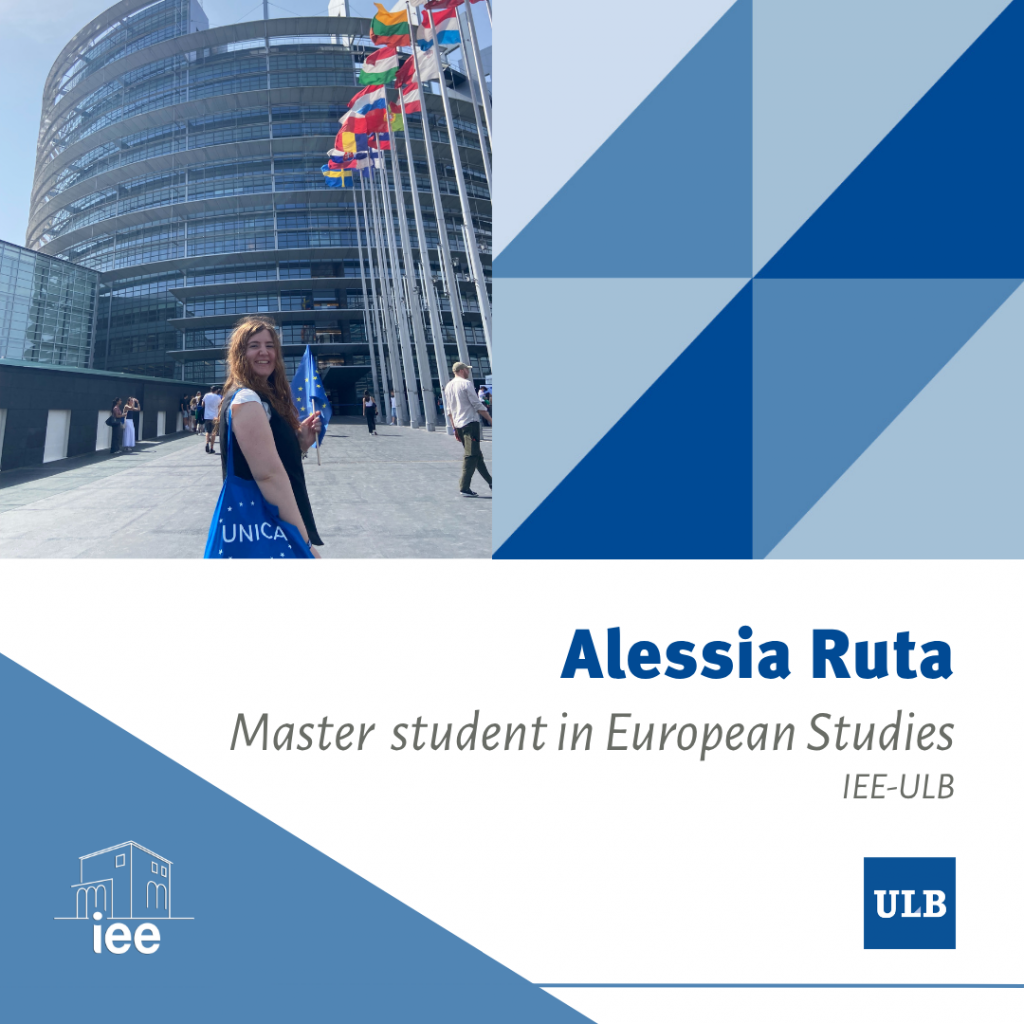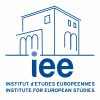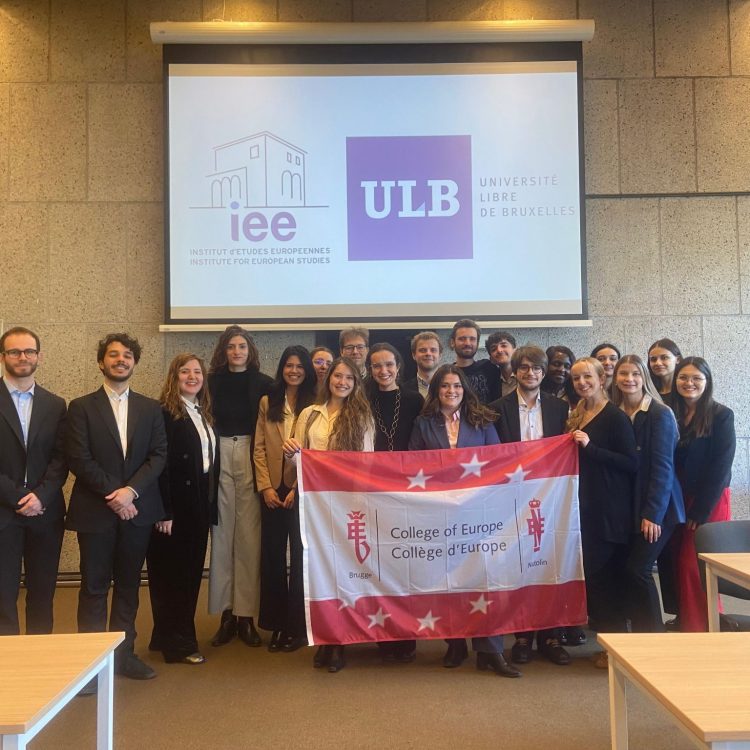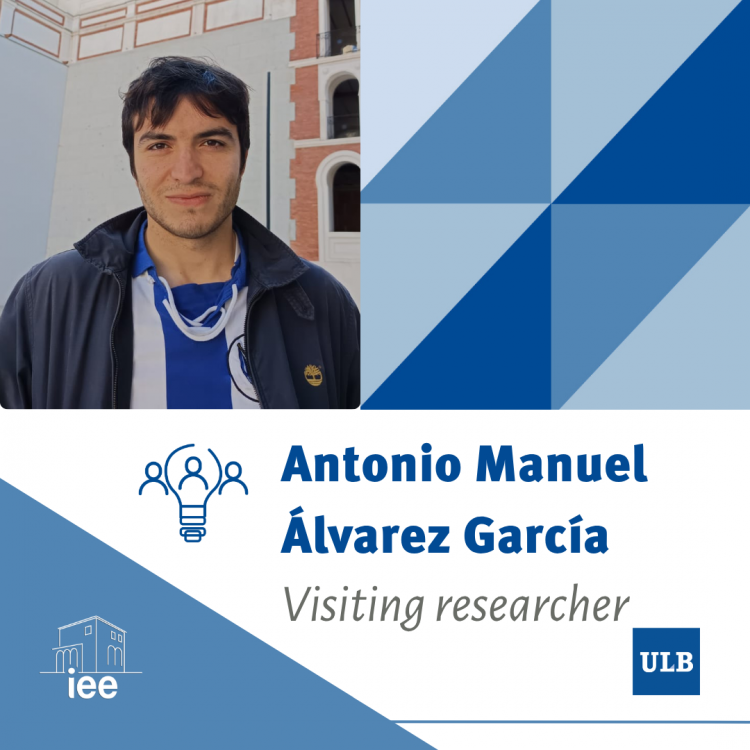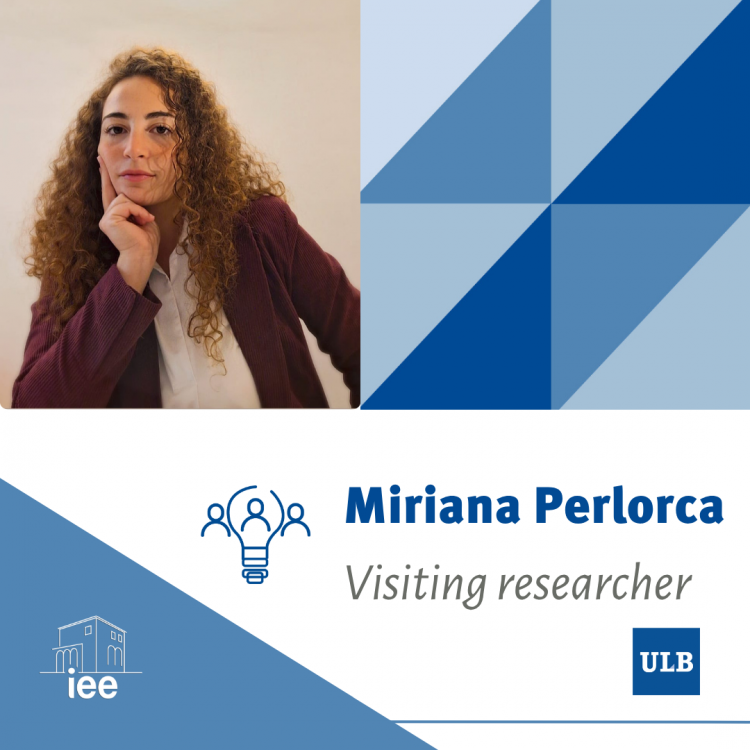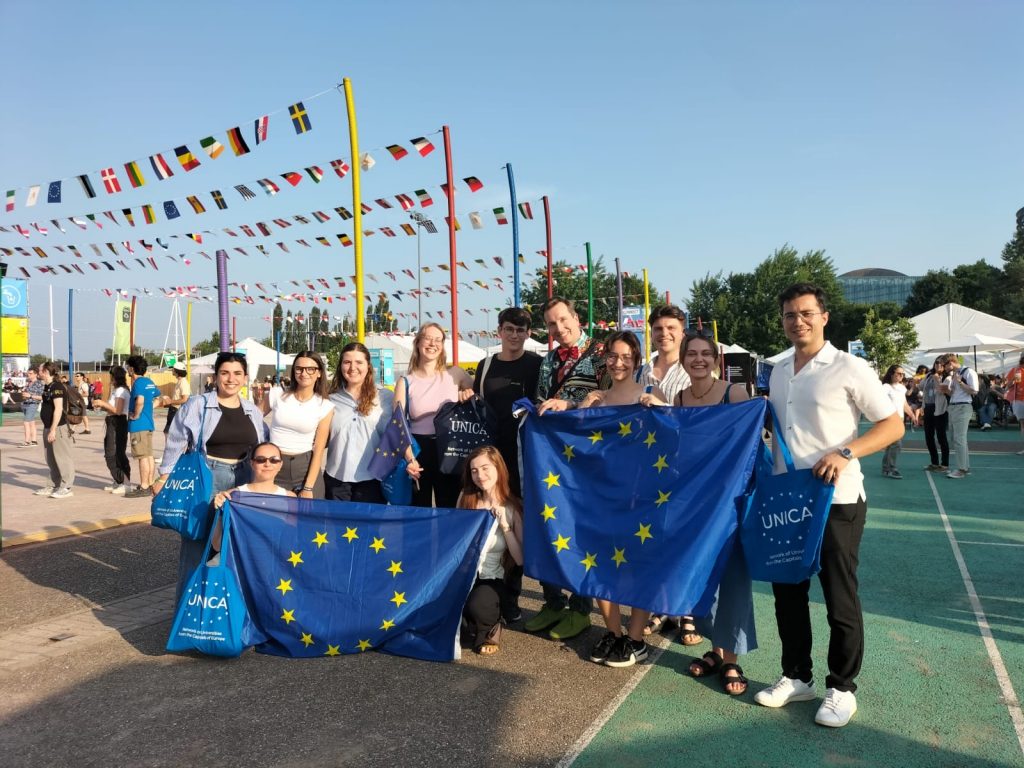
The European Youth Event (EYE) is a gathering of young people coming from across Europe (and the world) organised by the Youth Outreach Unit of the European Parliament, taking place in Strasbourg every two years. On June 13 and 14, 2025 it was again the moment for youth to come together at the European Parliament for a weekend. I was among those 9000 hopeful and curious young people who animated the rooms and the hallways that are usually reserved to EU decision-makers. Thanks to UNICA – Network of Universities from the Capitals of Europe, I had this incredible opportunity to travel to France for the EYE as the representative of our university.
The weekend was packed with debates, workshops and conferences that provided me with meaningful insights and everlasting memories. The air was electric and it couldn’t be otherwise, because it is not an everyday occurrence that youth takes over one of the headquarters of the European Parliament – a building where pivotal decisions are made, turned into a (peer) learning and meeting space – and animates it. In this short article, I will share some key reflections that I made on my way back to Brussels, where my last exams of the session were awaiting. Far from adopting a rigorous academic angle, I will still attempt to answer specific questions: what is the aim of such an event and what is in it for the European Parliament? To what extent can this contribute to filling the distance between the EU and its citizens?
One quick and easy answer to my first question could be: empowering youth! This is also stated in the description of the EYE on the dedicated website: The EYE is a unique opportunity for 16- to 30-year-olds to inspire and get inspired, to debate directly with Members of the European Parliament and other European decision-makers, and to exchange views with experts, activists, and content creators. As someone who was there, I can confirm: I did feel inspired by others; I was told that I said some inspiring things myself; I had the fantastic opportunity to debate with the Commissioner for Intergenerational Fairness, Youth, Culture and Sport, Glenn Micallef; I exchanged views with several people from several countries even in creative ways, such as writing and performing poems about democracy. However, these elements do not show the full picture. I have reasons to believe that EYE can be considered to be embedded in a wider operation of community building. First of all, it resembles a ritual: it happens every two years around the same time, in the same (institutional) place and format, mobilising a considerable amount of people around symbols (such as the European flag), shared values (such as democracy and freedom) and shared goals (such as sustainable prosperity and competitiveness). Secondly, it requires great efforts from civil society. Among the numerous activities, only some are directly designed and hosted by the offices of European institutions, while many (if not most) of them are organised by civil society organisations who have to take part in a prior competition to secure a spot for their sessions, which they later have to deliver. Thirdly, it is undeniable that bringing together young people from all 27 member States (and beyond) constitutes a “little laboratory” of European society: for two days geographical distances are reduced and cultural barriers are mostly overcome. Consequently, people at the EYE are no longer a mere sum of nationalities but rather experience a shared feeling of belonging to a wider community. For two days, we were concretely united in diversity, more than on any regular day of the year.
At this point, one could wonder whether we are looking at a successful community building project. While I am in no position to provide an ultimate judgment, there are three evident limits that must be addressed:
1. Such an initiative intercepts young people who are already interested in EU affairs and already feel European to a considerable extent. As a consequence, it can strengthen a feeling of belonging to the EU but not plant it in new hearts.
2. Opportunities to receive financial support (like the one I received from the university) to cover the necessary expenses to attend the event are limited and often linked to pre-existent membership to specific associations, organisations, institutions and networks. This restricts the population group who can actually get access to this experience.
3. European values that were long given for granted are now being challenged – and the context of the EYE was not immune to this crisis. The values of democracy and freedom were challenged by participants, as some committed serious acts of islamophobia against members of the Forum of European Muslim Youth and Student Organizations (FEMYSO). On the other end, the values of democracy and freedom were also challenged by staff members (and, for transitive propriety, by the hosting institution), as some of them blatantly silenced participants that wanted to speak up for Palestine, while claiming that youth has to step up, be engaged and get loud about things that matter.
As for the potential for an initiative like the EYE to act towards reducing the distance between young citizens and EU institutions – and, in a way, fixing the democratic deficit of this political system – doubts arise once the doors close. Where does all the intellectual, creative, moral and political capital go once the event is over? It is plausible (and it does happen) that civil society organisations build up from what is produced within their workshops and debates to carry out other activities and initiatives in their respective territories and on their social media channels, but there is no fixed or established practice, especially on the side of the EU institutions, who went back to their agenda as we left and the new week (a Strasbourg plenary week!) started. It is desirable that this kind of initiative becomes at least a consultative space to meaningfully include young people in the decision-making process, although this implies that the aforementioned issues of accessibility and inclusivity are fixed in order for the outcome not to be biased. A dedicated reflection is featured in an article that I signed for the website of the UNICA network which is expected to be published shortly.
Stepping out of the shoes of the European studies student for a moment, I can conclude by saying that I really had a good time and that I am grateful for the opportunity I had. Before this, I had only been to a local EYE in Santander, Spain, in 2022 – but joining the EYE in Strasbourg as a participant was something I wanted to cross out of my “things to do in my lifetime” list. The next step will be to attend as an activity organiser, but in the meantime some reflections on how to let more young people like me get the same opportunity were very much needed.
An article written by Alessia Ruta, a first-year Master’s student in European Studies at the IEE-ULB.
